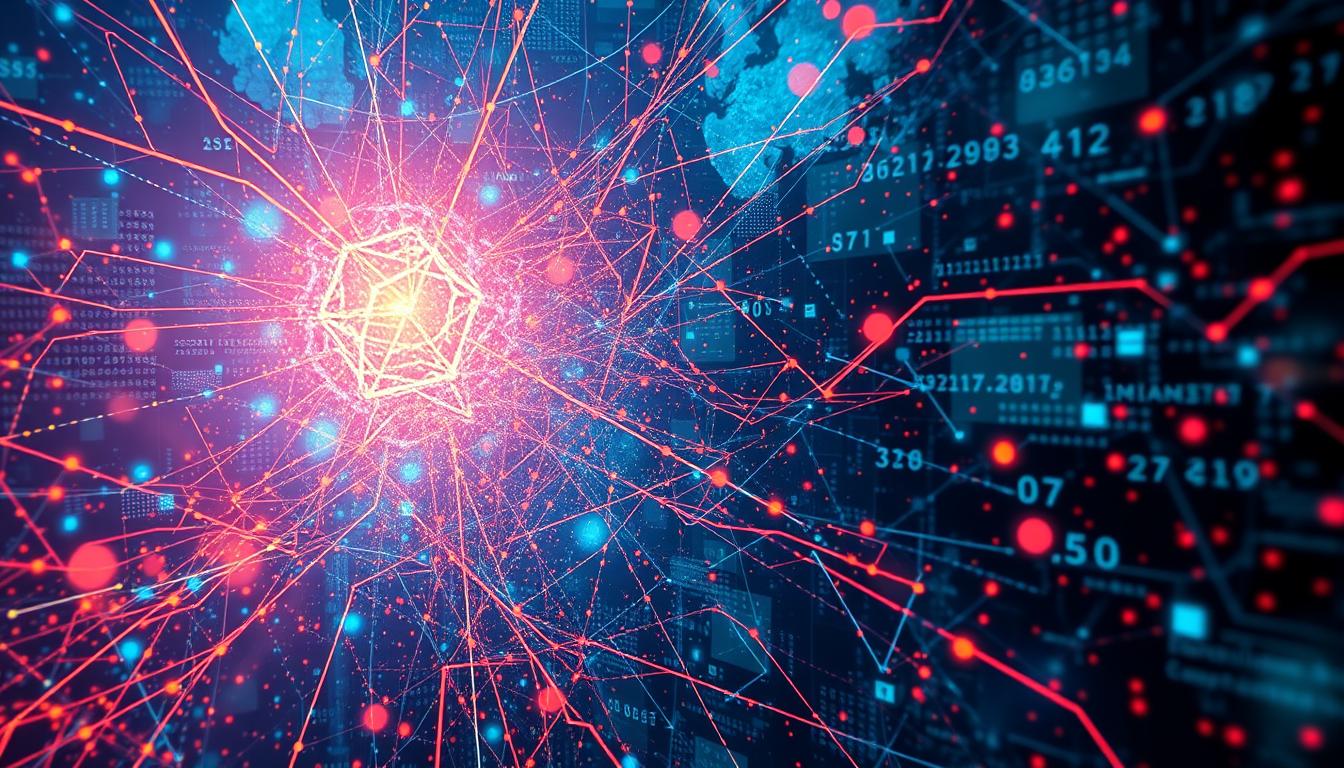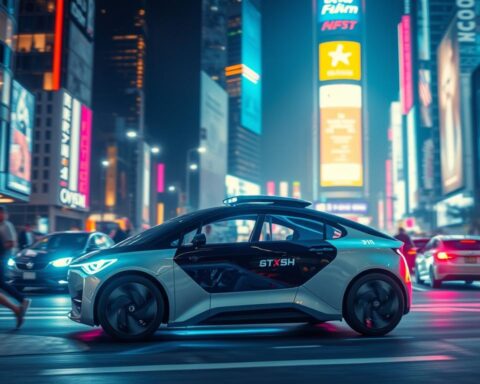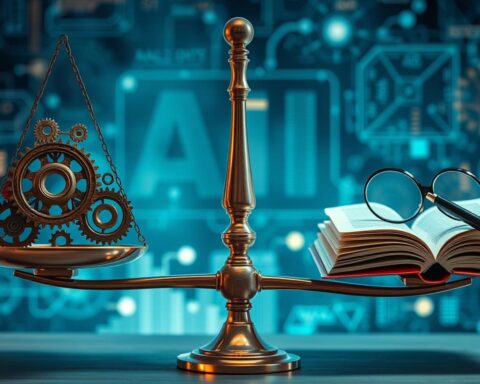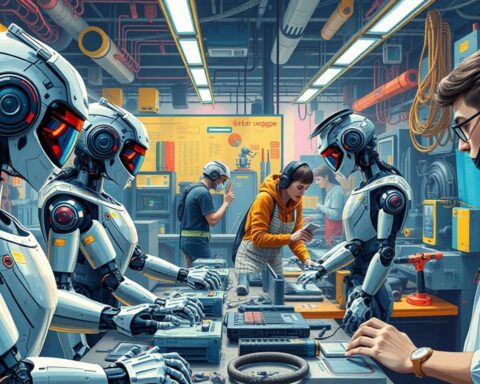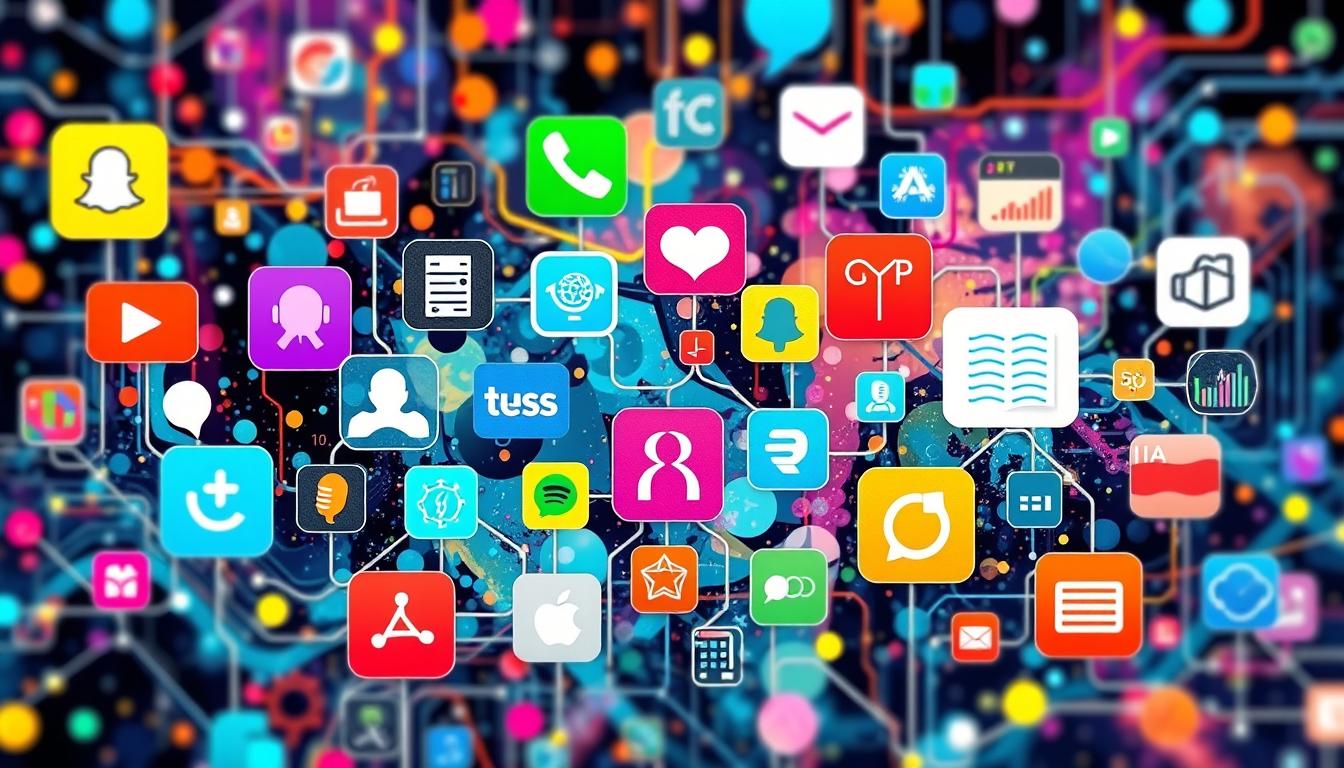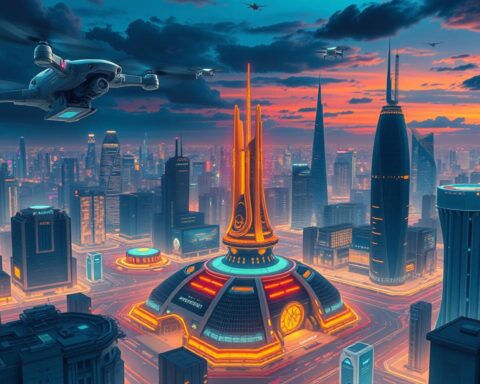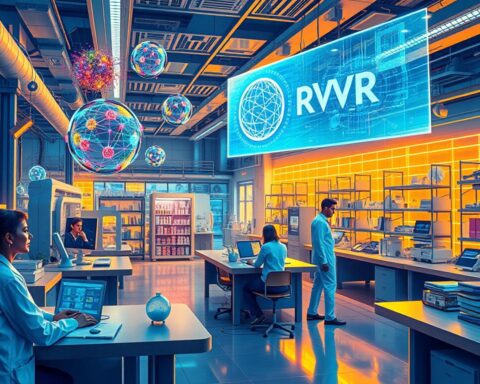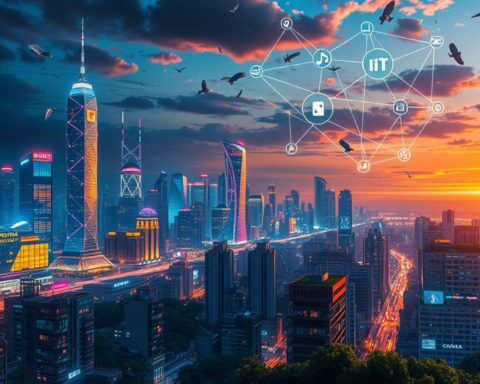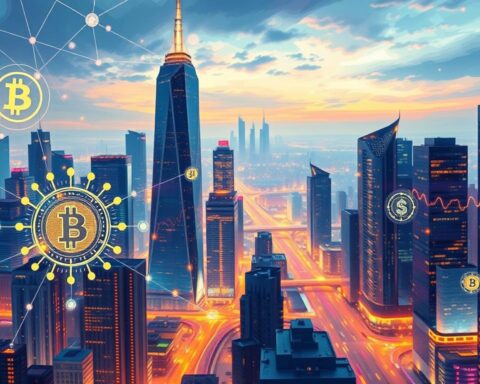The global AI market is booming, growing at nearly 20% each year. It’s expected to hit over US$500 billion by 2024. Computer vision is a big part of this growth1. It’s key to understanding AI and image recognition. We’ll look at how computer vision works and its role in today’s tech.
Key Takeaways
- Computer vision is a vital part of AI, letting machines understand visual data.
- Machine learning and AI together boost productivity, efficiency, and quality1.
- It has many uses, like in image recognition, healthcare, and self-driving cars.
- Knowing about computer vision is important for businesses and individuals using AI and machine learning.
- The AI market’s growth is partly due to the need for computer vision and image recognition1.
- As AI keeps improving, computer vision will be key in future innovations.
- Looking at real-world examples helps us see how computer vision benefits AI and image recognition.
Understanding the Fundamentals of Computer Vision
Computer vision lets computers understand visual information from the world. It uses machine learning to analyze images and videos. The main goal is to make computers do tasks that humans do, like recognizing objects and understanding scenes.
The link between artificial intelligence (AI) and visual processing is key in computer vision. AI helps computers interpret visual data, making them decide and act based on what they see. This is used in many fields, like security, healthcare, and transportation. For example, self-driving cars use computer vision to spot traffic signs and pedestrians2.
Key parts of computer vision systems include image processing, extracting features, and recognizing patterns. These parts help computers understand visual data. Some common tasks include:
- Image classification
- Object detection
- Object tracking
- Content-based image retrieval
These tasks are used in many areas, like security, healthcare, and self-driving cars2. Knowing the basics of computer vision is key for making and evaluating security video analytics products.
Understanding computer vision helps us see its complexity and possibilities. As researchers improve machine learning algorithms, we’ll see big advances in computer vision and its uses2.
How AI “Sees” Images: The Technical Process
Computer vision has changed how we use technology. Deep learning has made these changes even better. AI uses complex algorithms and neural networks to understand images. Studies show Convolutional Neural Networks (CNNs) have made image recognition much better, with accuracy over 95% in many cases3.
The computer vision market is expected to grow to $19.8 billion by 2026. This growth is due to more industries using computer vision, like healthcare and automotive. For example, AI in medical imaging can speed up diagnosis by up to 30%3.
Some key parts of computer vision include:
- Image classification: machines can sort images into different categories
- Object detection: finding specific objects in images
- Segmentation: breaking images into different parts
These abilities help in real-world uses, like self-driving cars. They use sensor data to make quick decisions3.
Deep learning, like CNNs, has been key in improving computer vision. It has led to big advances in image recognition and object detection. As the field grows, we’ll see more uses of computer vision and deep learning3.
For more on computer vision, check out Brown University’s news page. It has the latest on this exciting field.
Deep Learning and Neural Networks in Computer Vision
Deep learning has changed computer vision, letting machines understand images and videos. It uses neural networks, like the human brain, to learn from lots of data. This has led to big steps forward in recognizing images, finding objects, and segmenting them4.
Convolutional Neural Networks (CNNs) have been key in computer vision, starting in the 2010s. They work well with images and videos because of their design. CNNs are used for tasks like classifying images, detecting objects, and segmenting them.
Deep learning in computer vision brings many benefits:
- It makes image recognition and object detection more accurate and reliable.
- It can learn from lots of data and get better over time.
- It can be used in many ways, from self-driving cars to facial recognition.
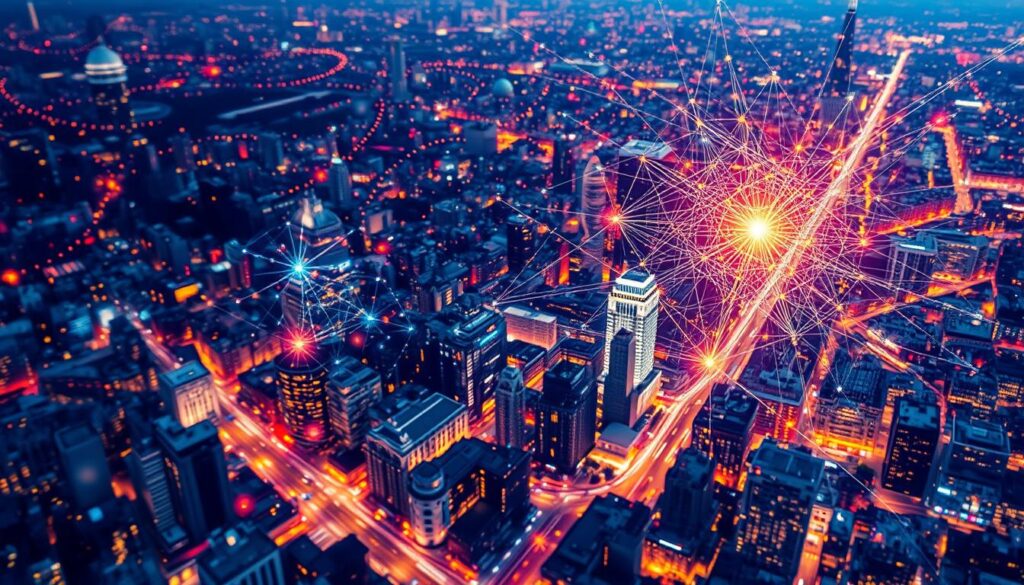
Researchers from MIT and IBM have made a big discovery. They trained artificial neural networks to process visual information like the brain. This made the networks better at recognizing objects in images, even when it’s hard4. This shows how combining computer models with brain insights can make AI better and more reliable.
Learn more about computer vision and how it’s changing.
Real-World Applications of Computer Vision Technology
Computer vision technology is used in many fields like healthcare, transportation, and security. It helps computers understand images and videos through image recognition. This is made possible by machine learning algorithms that get better with more data.
In healthcare, computer vision helps doctors analyze medical images like X-rays and MRIs. This makes diagnosing diseases faster and more accurate5. For example, it can spot tumors and other issues early, leading to better treatment options. It also helps track patients’ health during treatment5.
In transportation, computer vision is key for autonomous vehicles to move safely6. Cars like Tesla use cameras and sensors to see everything around them6. This tech helps avoid accidents and makes driving safer.
Computer vision also helps in security and surveillance by spotting and stopping crimes7. Facial recognition can identify threats and alert authorities7. It also keeps an eye on public areas, making us safer.
Computer vision is also used in retail to understand customer behavior5. It helps in manufacturing to check products for defects, improving quality and reducing waste5. This technology has the power to change many industries and make our lives better.
| Industry | Application | Benefit |
|---|---|---|
| Healthcare | Medical image analysis | Improved diagnosis and treatment |
| Transportation | Autonomous vehicles | Improved road safety and efficiency |
| Security | Facial recognition and surveillance | Improved public safety and security |
Conclusion: The Future of AI Vision Technology
The future of computer vision technology looks bright, with a market size expected to hit $41.11 billion by 20308. AI vision is everywhere, from unlocking phones with facial recognition to guiding what we buy9. It’s changing many fields, like healthcare, where AI can spot diseases better than doctors8.
Computer vision is key in self-driving cars and security systems, thanks to its ability to process information quickly9. It also boosts medical imaging accuracy by 15-20%, helping doctors make quicker, better decisions9. The National Geospatial-Intelligence Agency (NGA) is using it to improve mission success, and you can learn more here.
Computer vision is growing fast, with a 16.0% annual growth rate from 2020 to 20308. It will be essential in many industries. As we improve it, we’ll see better edge detection and more accurate obstacle avoidance9. The future of AI vision is thrilling, with ongoing research in AI, including language models and robotics.
FAQ
What is computer vision and how does it work?
What is the relationship between AI and visual processing in computer vision?
What are the key components of computer vision systems?
How does deep learning enhance computer vision capabilities?
What are some real-world applications of computer vision technology?
What is the role of convolutional neural networks (CNNs) in computer vision?
How is computer vision used in healthcare and medical imaging?
What is the future of computer vision technology?
How does computer vision technology improve security and surveillance systems?
What is the role of machine learning in computer vision?
Source Links
- Artificial intelligence and machine learning | Perspectives – https://www.thoughtworks.com/en-us/perspectives/edition17-ai-ml/article
- What is Computer Vision? | IBM – https://www.ibm.com/think/topics/computer-vision
- How AI Sees The World: A Glimpse into Computer Vision and Its Revolutionary Applications – https://medium.com/@krywiakadrian/how-ai-sees-the-world-a-glimpse-into-computer-vision-and-its-revolutionary-applications-d459bc74f44a
- Computer Vision & OpenCV | AI Planet (formerly DPhi) – https://aiplanet.com/learn/getting-started-with-deep-learning/convolutional-neural-networks/264/computer-vision-opencv
- 21 Examples of Computer Vision Applications Across Industries – https://www.coursera.org/articles/computer-vision-applications
- Applications of Machine Learning for Computer Vision | Chooch – https://www.chooch.com/blog/6-applications-of-machine-learning-for-computer-vision/
- Computer Vision and AI: Transforming Visual Understanding – https://www.grammarly.com/blog/ai/what-is-computer-vision/
- Computer Vision Technology | See Beyond The Obvious | A3Logics – https://www.a3logics.com/blog/what-is-computer-vision-technology/
- The Eyes of AI: Different Types of Computer Vision Algorithms – https://ameriecloud.medium.com/the-eyes-of-ai-different-types-of-computer-vision-algorithms-aa2447c170c7
